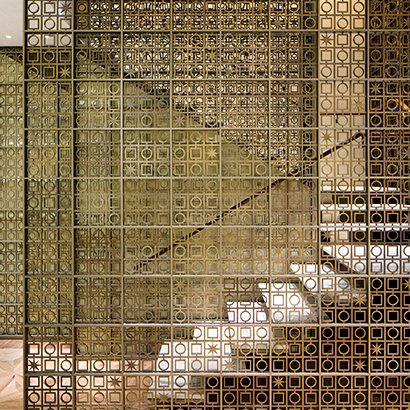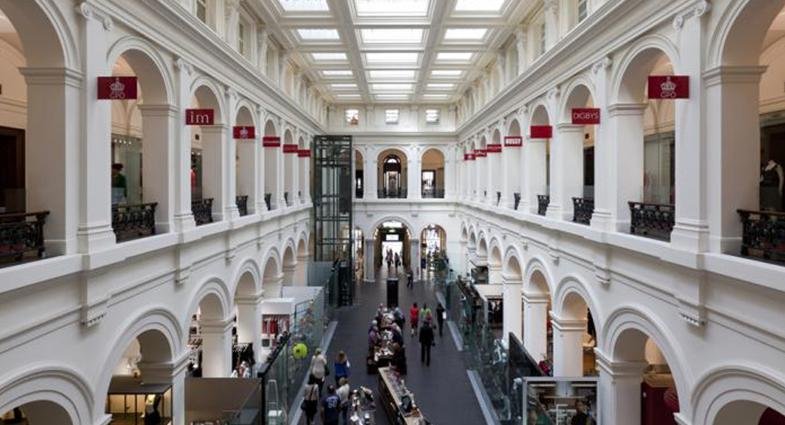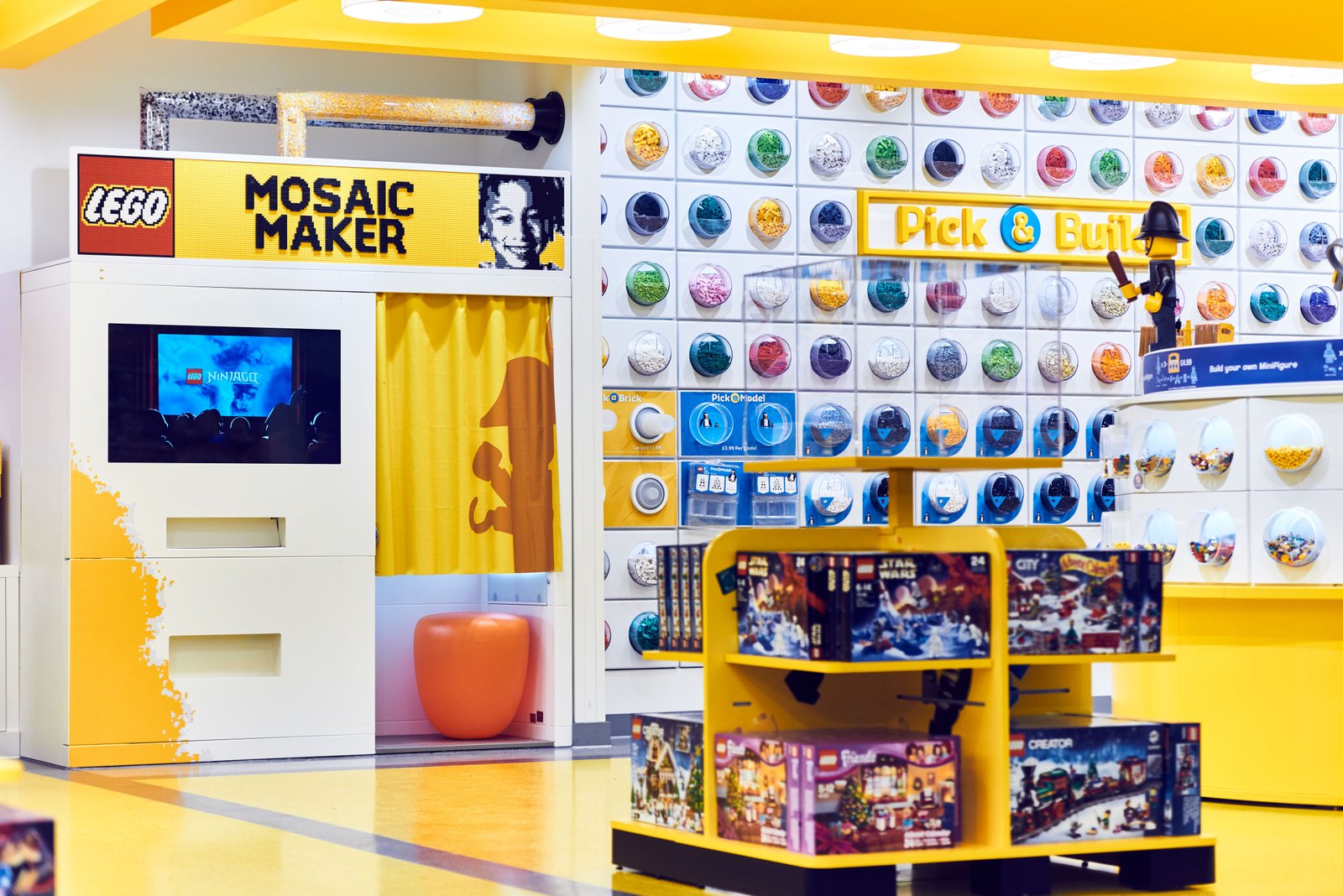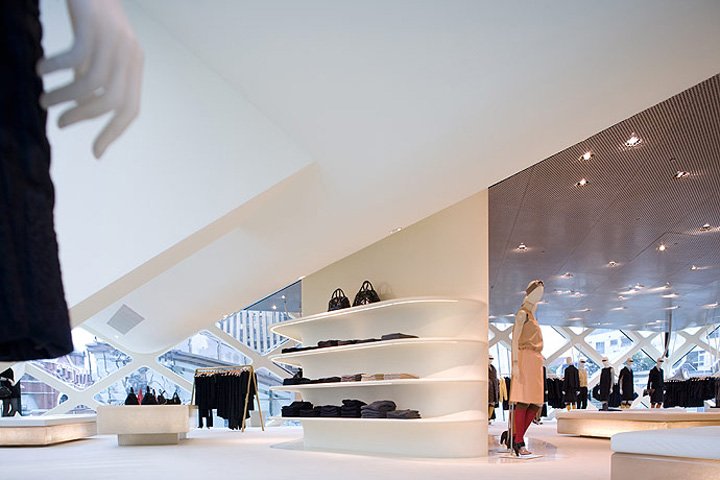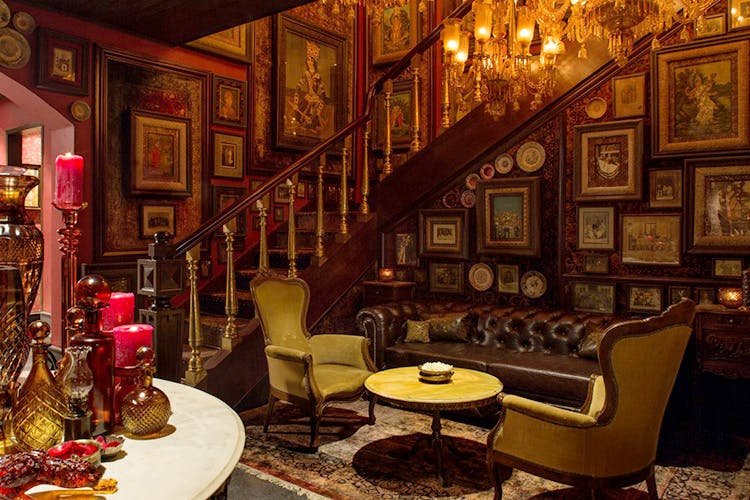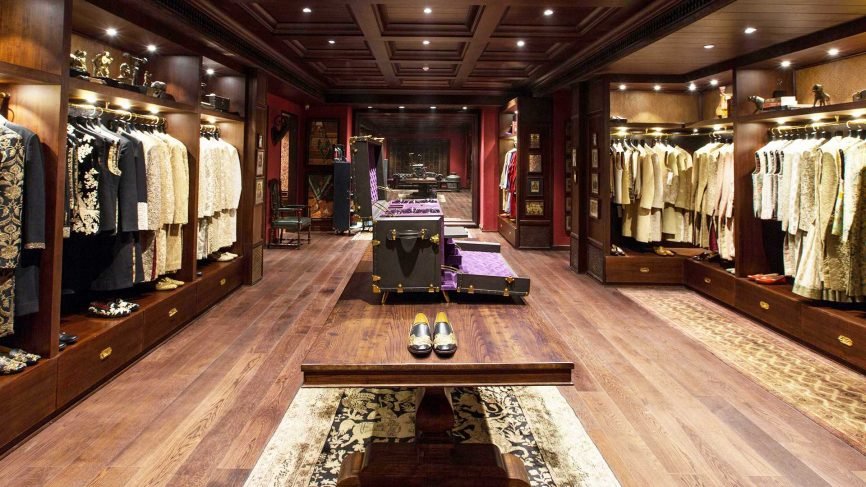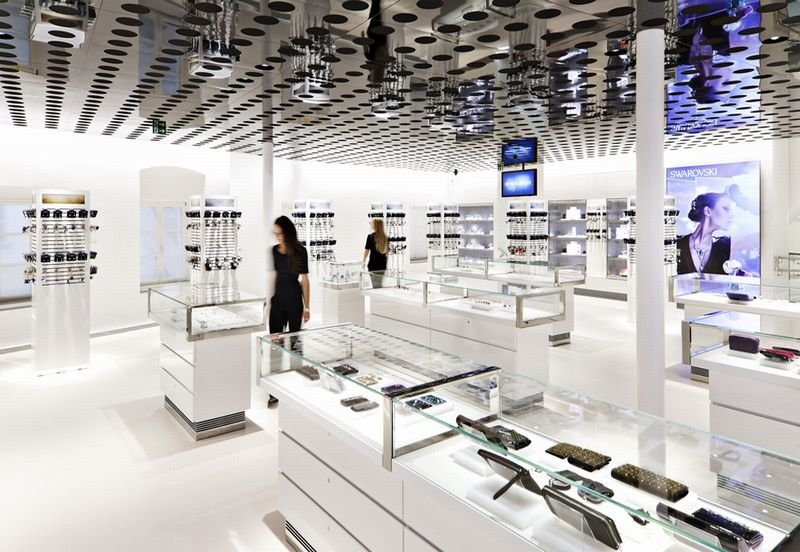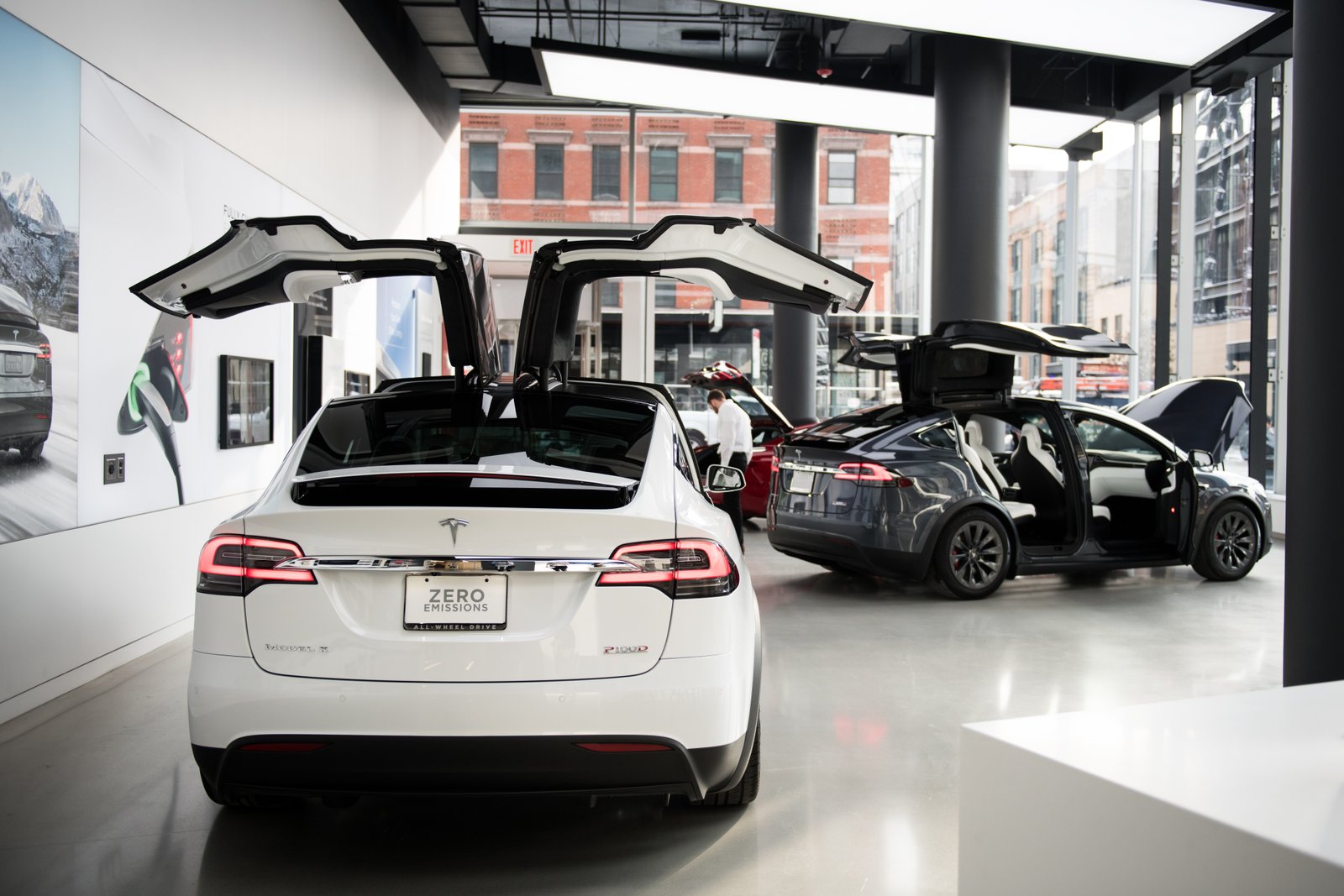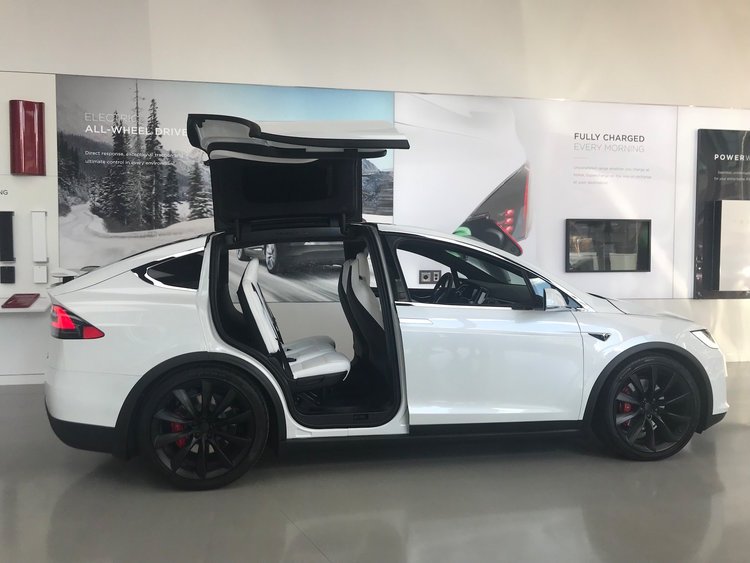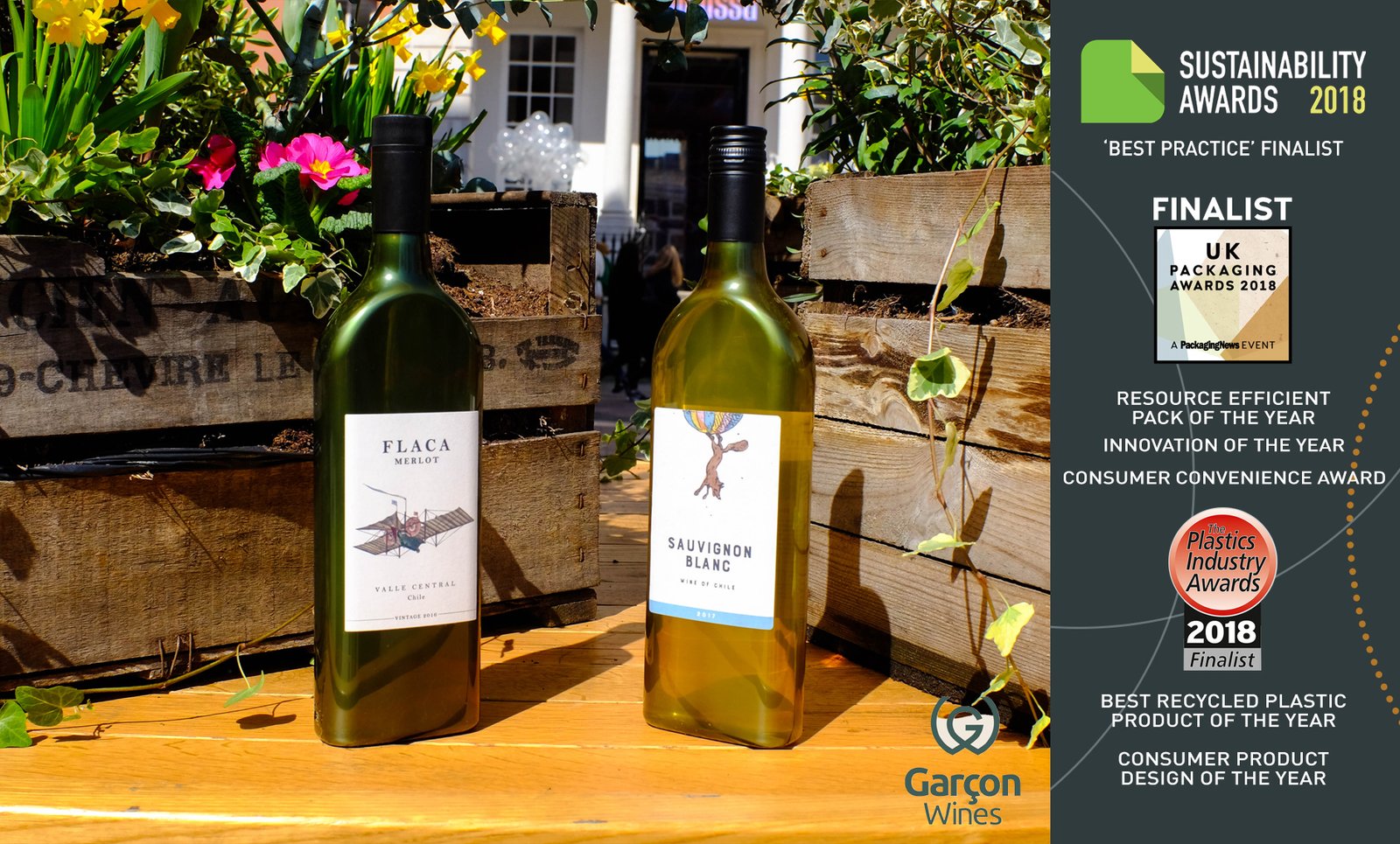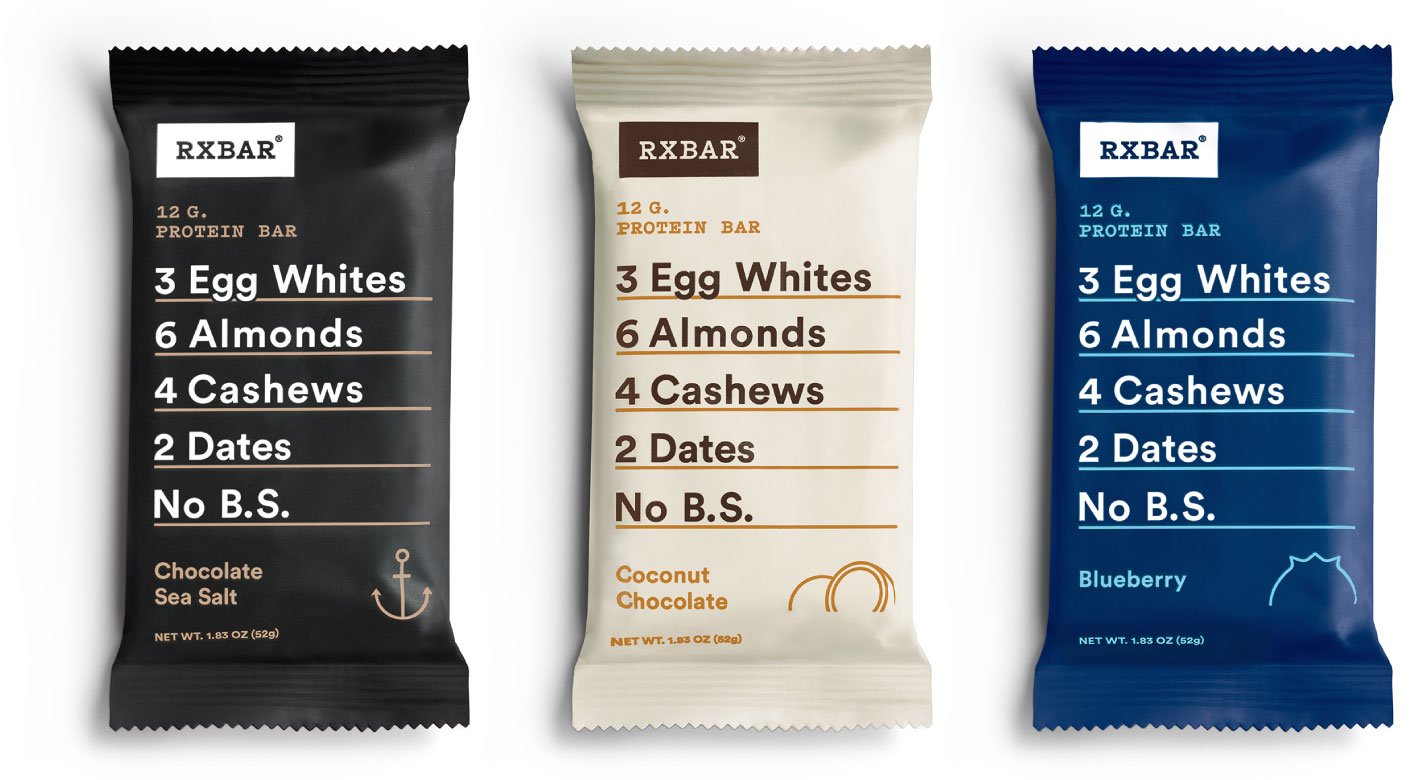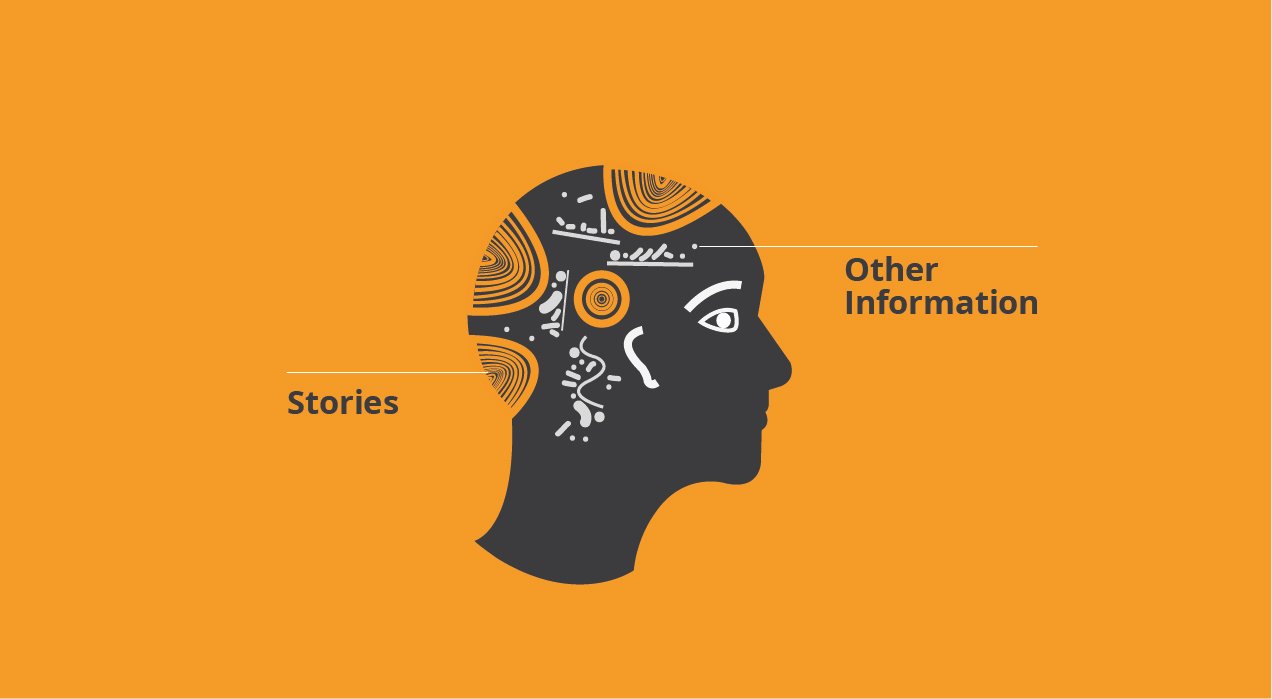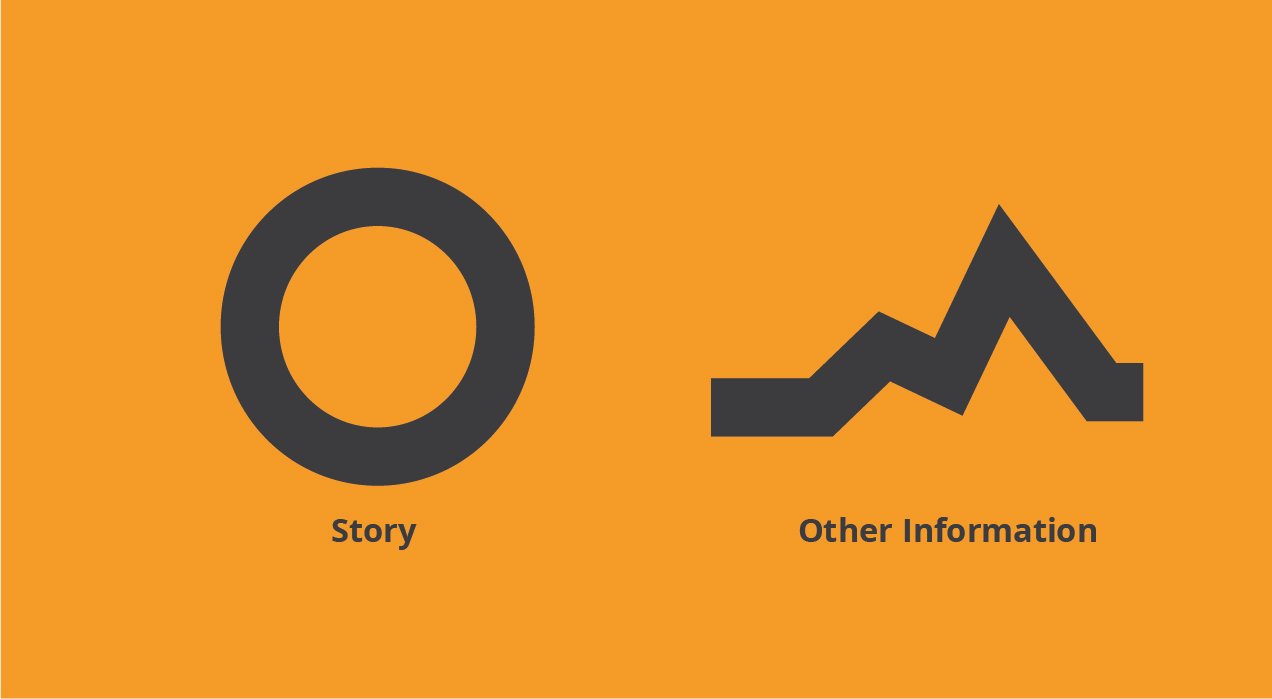Apple’s Feel-Good Message Of The Year- And Why It’s Great Marketing
 Honest confession -I’m not overly fond of advertising at this time of the year. It is one of my pet peeves how brands try to force fit the “peace and happiness” message of the holiday season into their overall messaging. Many of the connections they draw are tenuous and, even worse, often these are completely out of character for the brand itself. That’s why when something so refined and apt comes along, I have to give due credit.
Honest confession -I’m not overly fond of advertising at this time of the year. It is one of my pet peeves how brands try to force fit the “peace and happiness” message of the holiday season into their overall messaging. Many of the connections they draw are tenuous and, even worse, often these are completely out of character for the brand itself. That’s why when something so refined and apt comes along, I have to give due credit.
Have you seen Apple’s “Share Your Gifts” holiday campaign? If you haven’t, then go ahead. I’ll wait till you get back.
This beautifully put together animated movie celebrates the power of creativity and encourages creators of all ages to share their talents with the world. This tells the story of a young woman, someone highly relatable, who hides her creativity. She is clearly passionate about what she does (we see only a very fleeting glimpse of what that talent is), but she’s worried about showing it to even those closest to her -her friends and co-workers. Until it literally bursts out in public view like a happy genie out of a lamp. Teen singer-songwriter Billie Eilish’s original song plays along like a narrator.
No doubt, it’s a touching story. But more than that it’s great marketing. The movie is an ode to self-belief. That feeds wonderfully into Apple’s core values of self-direction, including creativity, freedom, curiosity, et al. The product placement is so subtle and understated, but it’s clearly an important support for the protagonist’s creative work. There is also a vital element of furthering the brand’s (lifelong) agenda of challenging the status quo. The story is meant to inspire people to shed their inhibitions, believe in their hidden talents, and share them with the world.
That combination of style, story, and substance is just the right recipe for my own Happy Holidays!
(This Perspective was originally published on November 29, 2018 by Shekhar Badve on LinkedIn)




